At Evermotion, we understand that the journey from concept to final model can be challenging. This article highlights common pitfalls in 3D modeling and provides practical advice to avoid these 3d model mistakes, ensuring that your projects maintain the highest quality and integrity.
Understanding Subdivision Surfaces
The art of adding smoothness and detail to your 3D models through subdivision is both a science and a craft. It’s here that many creators encounter their first major hurdle - 3d modeling subdividing mistakes. It's tempting to over-subdivide in the quest for ultra-smooth surfaces, but this can quickly bloat your model with unnecessary geometry. Such overkill not only burdens your rendering system but can also complicate future modifications. The trick lies in mastering the art of restraint. Subdivision should be applied with a scalpel, not a sledgehammer, targeting only areas where smoothness is critical to the model's visual appeal. Starting with a less detailed base allows for greater control as you incrementally add complexity, ensuring that each additional subdivision layer serves a purpose. This systematic approach keeps your model efficient and preserves the artistic intent, allowing for a harmonious blend of form and function.
Rigging Pitfalls
Rigging, while not directly relevant to our static models, presents a universal challenge across the broader field of 3D modeling. The question of what mistakes can be made during rigging 3d modeling is crucial for understanding model integrity. A mismatched rig in complexity to the model can introduce problems that are not immediately apparent. An overly simplistic rig might fail to capture the nuance of the model’s design, while an overly complex rig can be a nightmare for animators to work with and can lead to unnecessary computational overhead. The balance lies in crafting a rig that mirrors the model's complexity, providing just enough flexibility to pose the model as needed without introducing extraneous elements. This requires a deep understanding of the model's structure and intended use, ensuring that the rig enhances rather than detracts from the model’s overall quality.
Quality Texturing
Texturing adds color, depth, and realism to a model's raw geometry, creating its final visual impact. However, the path to perfect texturing is fraught with 3d modeling mistakes. The allure of ultra-high-resolution textures is strong, tempting many to push the limits of their rendering engines unnecessarily. Yet, such overindulgence often leads to diminished returns, straining resources without a corresponding increase in visual fidelity. Conversely, excessively low-resolution textures can rob a model of its lifelike qualities, leaving it out of place in its intended environment. The key to successful texturing is adopting a balanced approach and selecting resolutions that align with the model’s scale and the project's final output requirements. Moreover, careful UV mapping is essential to prevent the common pitfalls of texture stretching and tearing, ensuring that every model surface convincingly portrays its intended material.
Optimizing Model Performance
In the quest to create the perfect 3D model, performance optimization is a step that's often overlooked, leading to significant 3d modeling mistakes. A common oversight is failing to effectively manage the model’s polygon count, resulting in more demanding models than necessary. Similarly, internal geometry that remains unseen in the final render can often be culled without losing visual quality, significantly improving performance. This optimization process is not just about reducing numbers; it's about making intelligent decisions that enhance the model’s efficiency while preserving its artistic integrity. By critically evaluating each element of your model for its visual and functional contribution, you can ensure that your models are beautiful and perfectly tailored for seamless integration into larger scenes or projects.
Choosing the Right 3D Model Shop
Navigating the vast landscape of online resources and choosing the right 3D model shop is crucial to your project's success. Evermotion not only offers 3D models but also collaborates on creative projects, providing a curated collection that balances detail and performance. Our commitment to quality ensures that every model you select from our catalog is designed to elevate your projects, free from the common pitfalls that can compromise a model’s utility and aesthetic. In choosing Evermotion, you’re not just acquiring assets but investing in a foundation of excellence that will support your creative vision across many applications.
Keeping Up with Industry Standards
The landscape of 3D modeling is in constant flux, driven by technological advancements and evolving artistic trends. Keeping pace with these changes is not just about staying relevant; it’s about seizing opportunities to refine your craft and avoid 3d modeling mistakes. Engagement with the community through forums, social media, and professional gatherings serves as a lifeline to the pulse of the industry. This continuous learning process, bolstered by workshops and webinars, equips you with the insights and skills necessary to navigate the complexities of 3D modeling. By staying informed and adaptable, you can ensure that your work meets and exceeds the current standards of quality and innovation.
In navigating these common challenges with a mindful approach and an eye for detail, the path to successful 3D modeling becomes clearer. By avoiding the pitfalls of 3d modeling subdividing mistakes, ensuring the rigging process is thoughtful even in static models, balancing the art of texturing, optimizing for performance, selecting the right 3d model shop, and keeping abreast of industry standards, you lay down a foundation for success in any project you undertake.
The world of 3D modeling is one of infinite possibilities, where creativity meets technology in a dance of pixels and polygons. By being mindful of the common challenges and embracing the practices that lead to success, you can navigate this world with assurance and creativity. Let Evermotion be your guide and ally in this journey, offering the tools, resources, and inspiration you need to explore the full potential of your 3D modeling projects. Together, we can push the boundaries of what's possible, transforming the imaginary into the tangible and bringing your visions to life with clarity, precision, and beauty.
 How To Make Your CGI Walls More RealisticRealistic walls with noise modifier.
How To Make Your CGI Walls More RealisticRealistic walls with noise modifier. Removing LUTs from Textures for better resultsRemove the LUT from a specific texture in order to get perfect looking textures in your render.
Removing LUTs from Textures for better resultsRemove the LUT from a specific texture in order to get perfect looking textures in your render.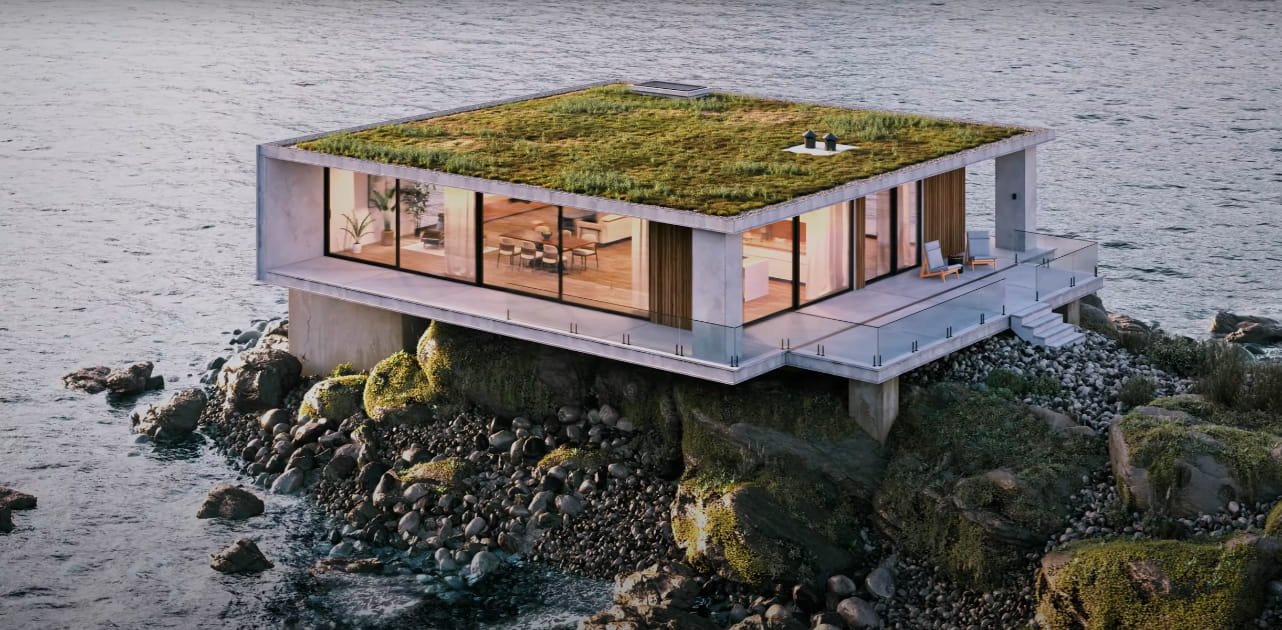 Chaos Corona 12 ReleasedWhat new features landed in Corona 12?
Chaos Corona 12 ReleasedWhat new features landed in Corona 12?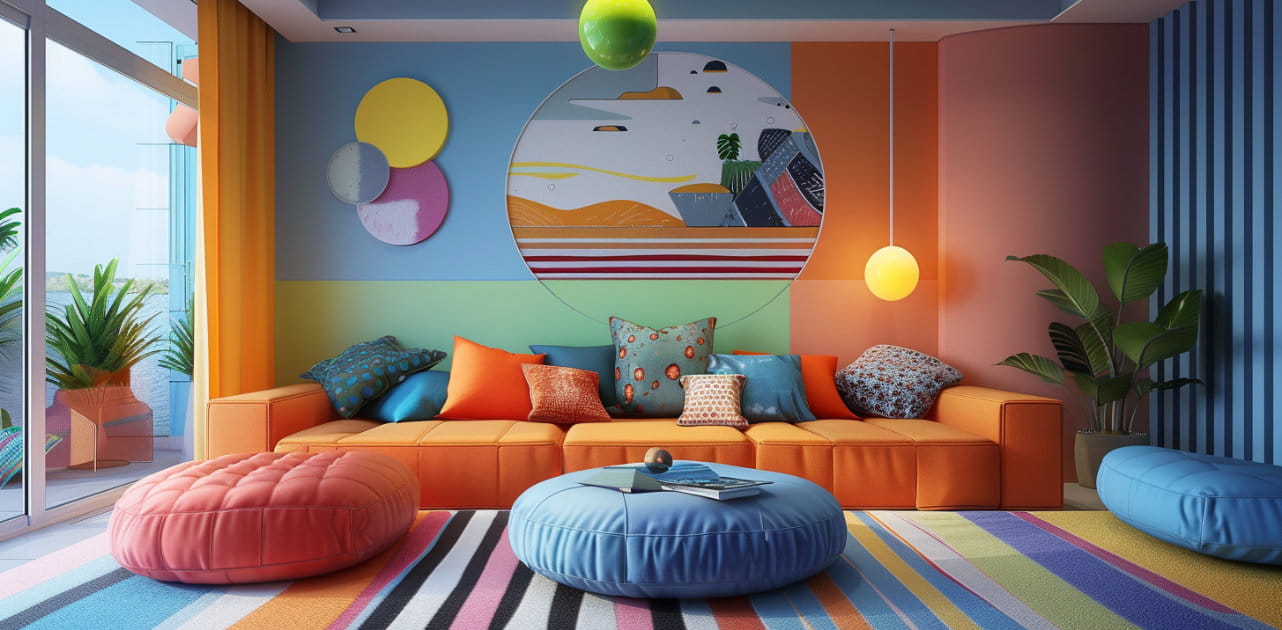 OCIO Color Management in 3ds Max 2024Color management is crucial for full control over your renders.
OCIO Color Management in 3ds Max 2024Color management is crucial for full control over your renders.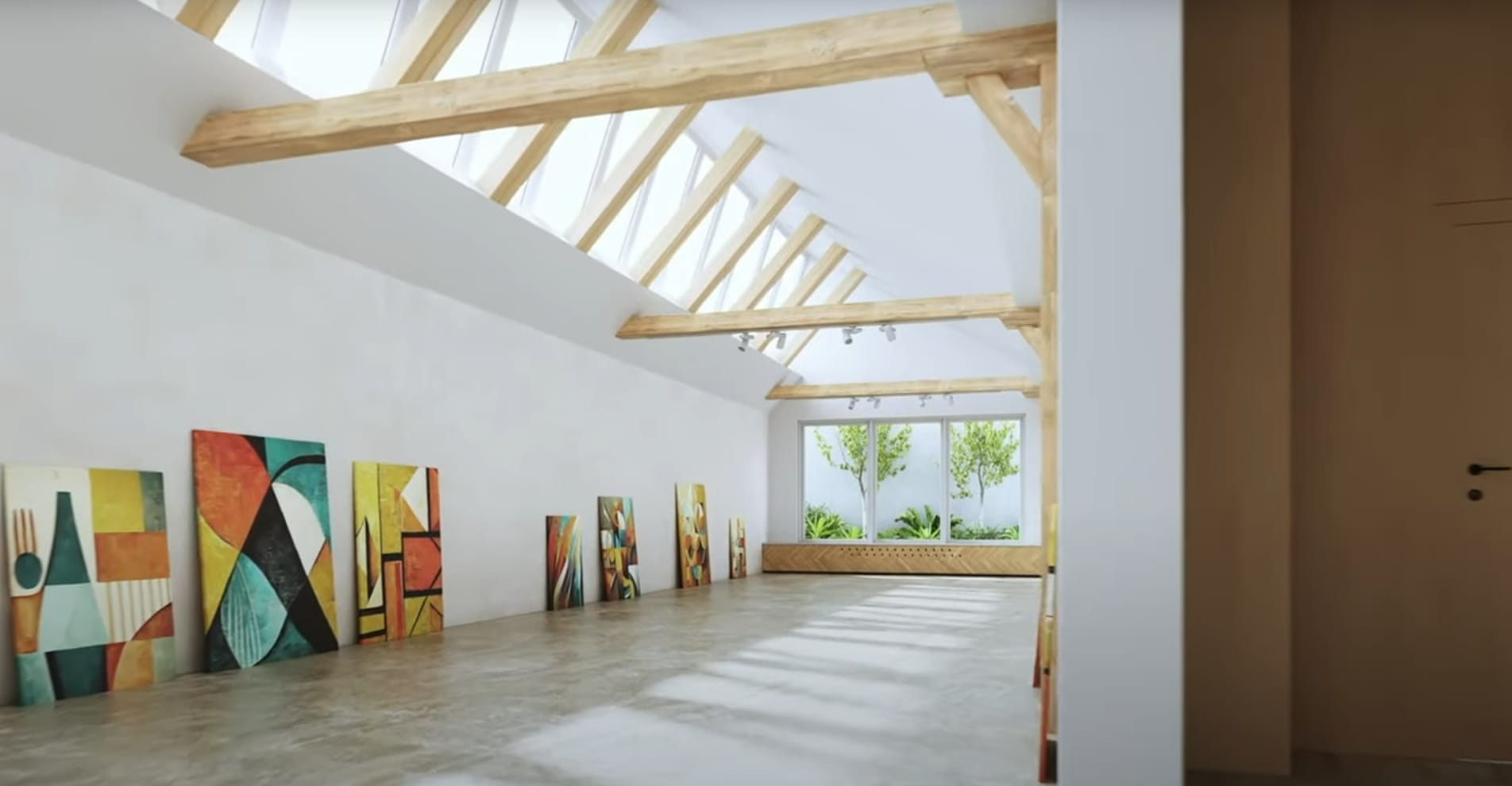 A look at 3dsMax Video SequencerDo you know that you can edit your videos directly in 3ds Max? Renderram is showing some functionalities of 3ds Max's built in sequencer.
A look at 3dsMax Video SequencerDo you know that you can edit your videos directly in 3ds Max? Renderram is showing some functionalities of 3ds Max's built in sequencer.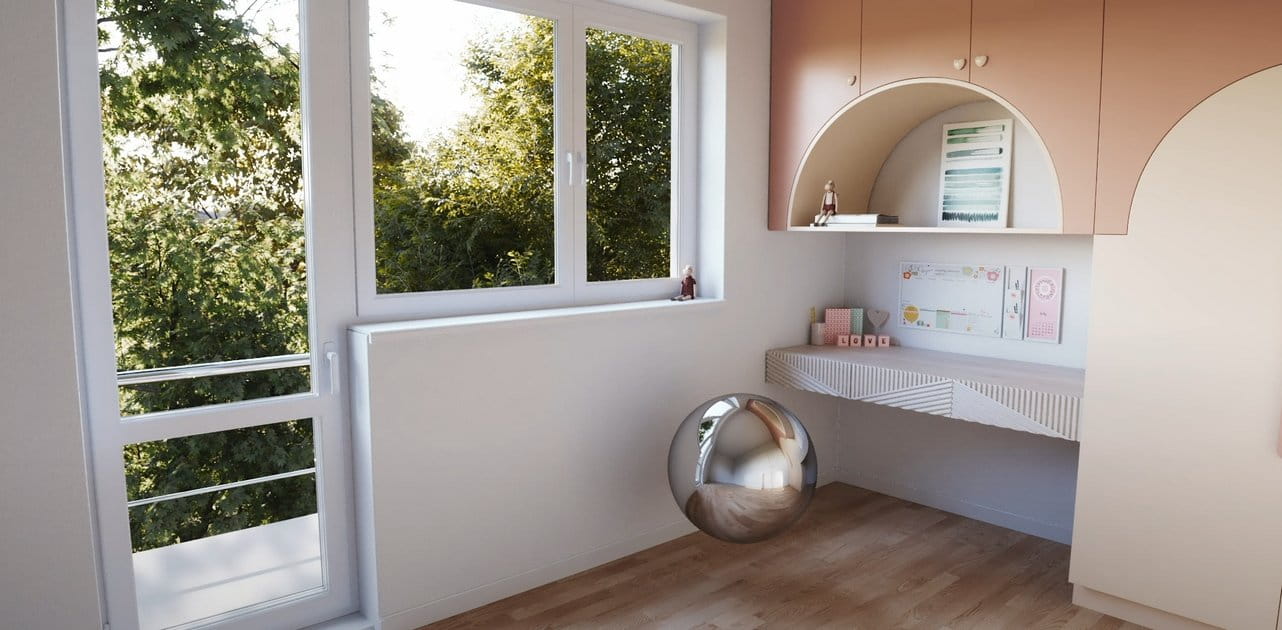 FStorm Denoiser is here - First ImpressionsFirst look at new denoising tool in FStorm that will clean-up your renders.
FStorm Denoiser is here - First ImpressionsFirst look at new denoising tool in FStorm that will clean-up your renders.Customer zone
Your special offers
Your orders
Edit account
Add project
Liked projects
View your artist profile
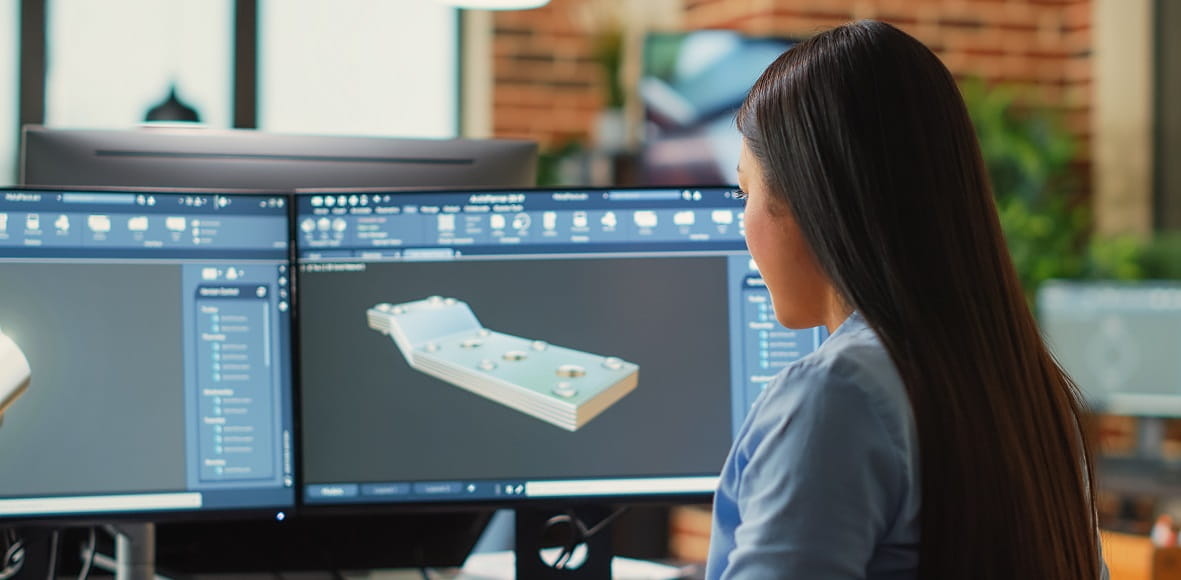





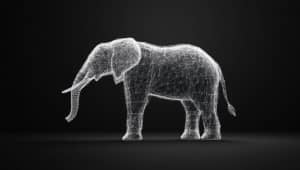
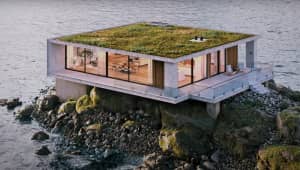






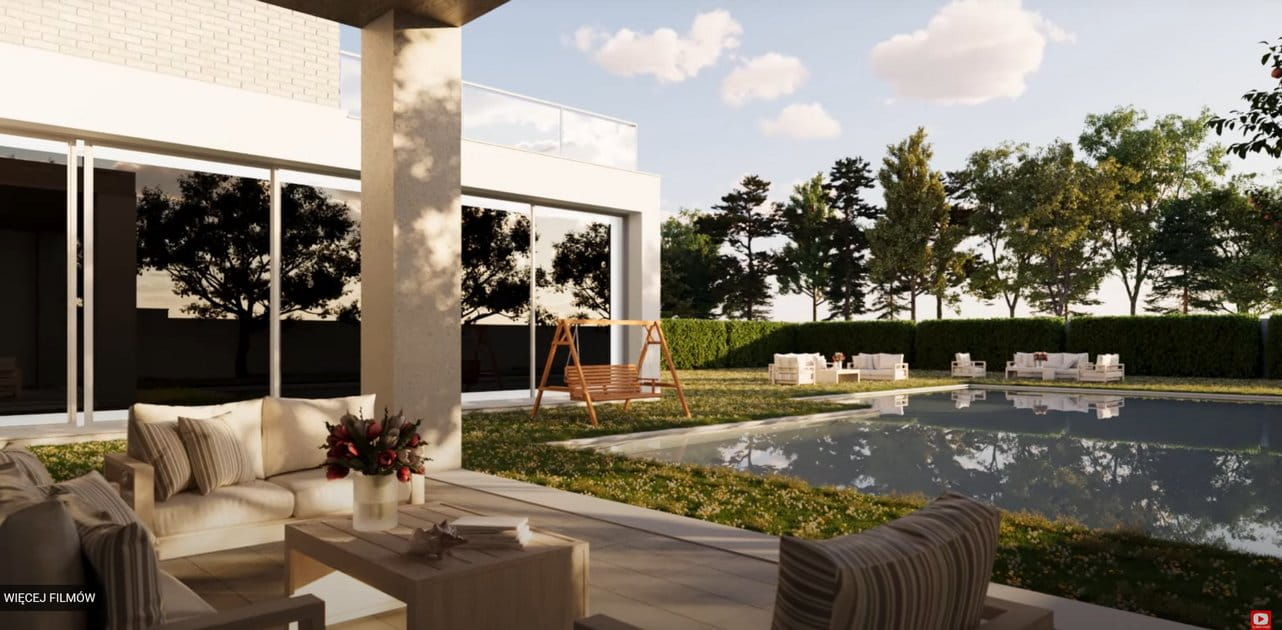

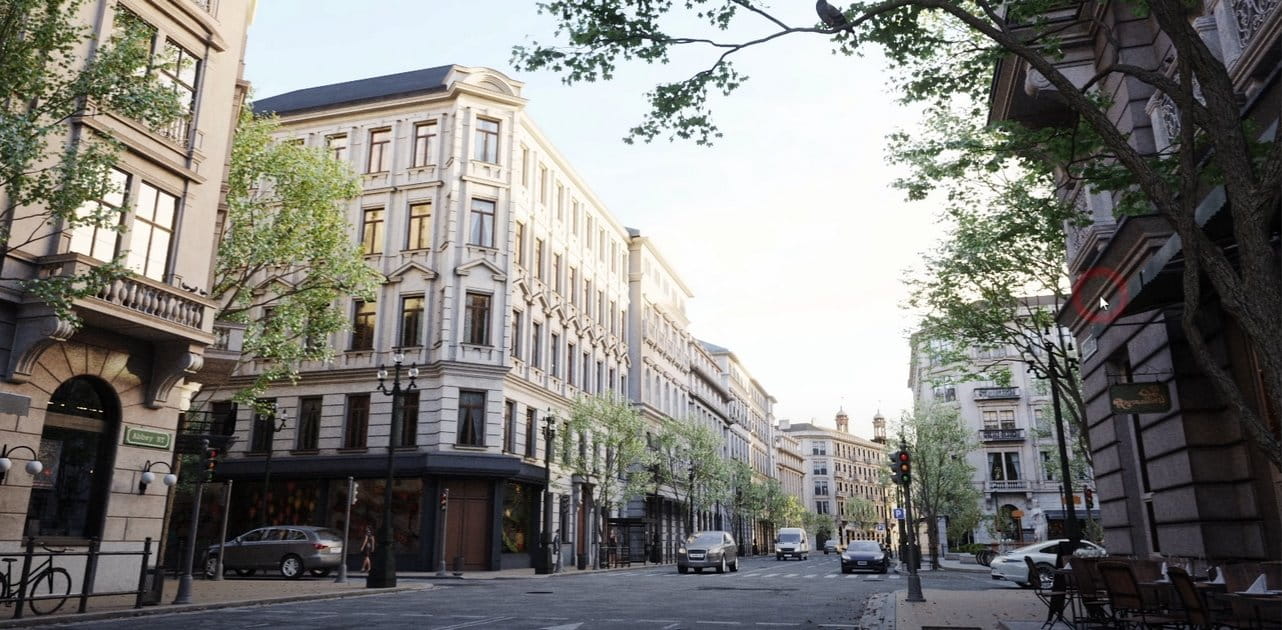






COMMENTS